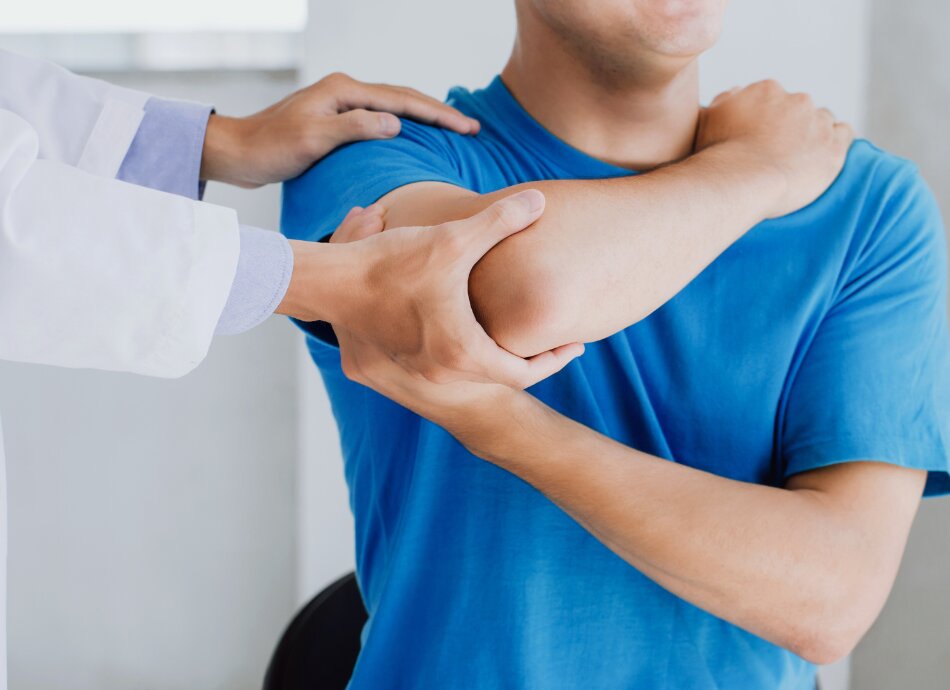The best path to recovery is to follow your healthcare provider's advice. Recovery will be different for everyone, because it depends on:
- the type of fracture
- the location of the fracture (eg, leg, arm, wrist, ankle)
- when the fracture happened (how far along the healing process you are)
- your current health condition.
Recovery can feel like it takes forever, but slowly and steadily you will be able to return to your normal daily tasks.






